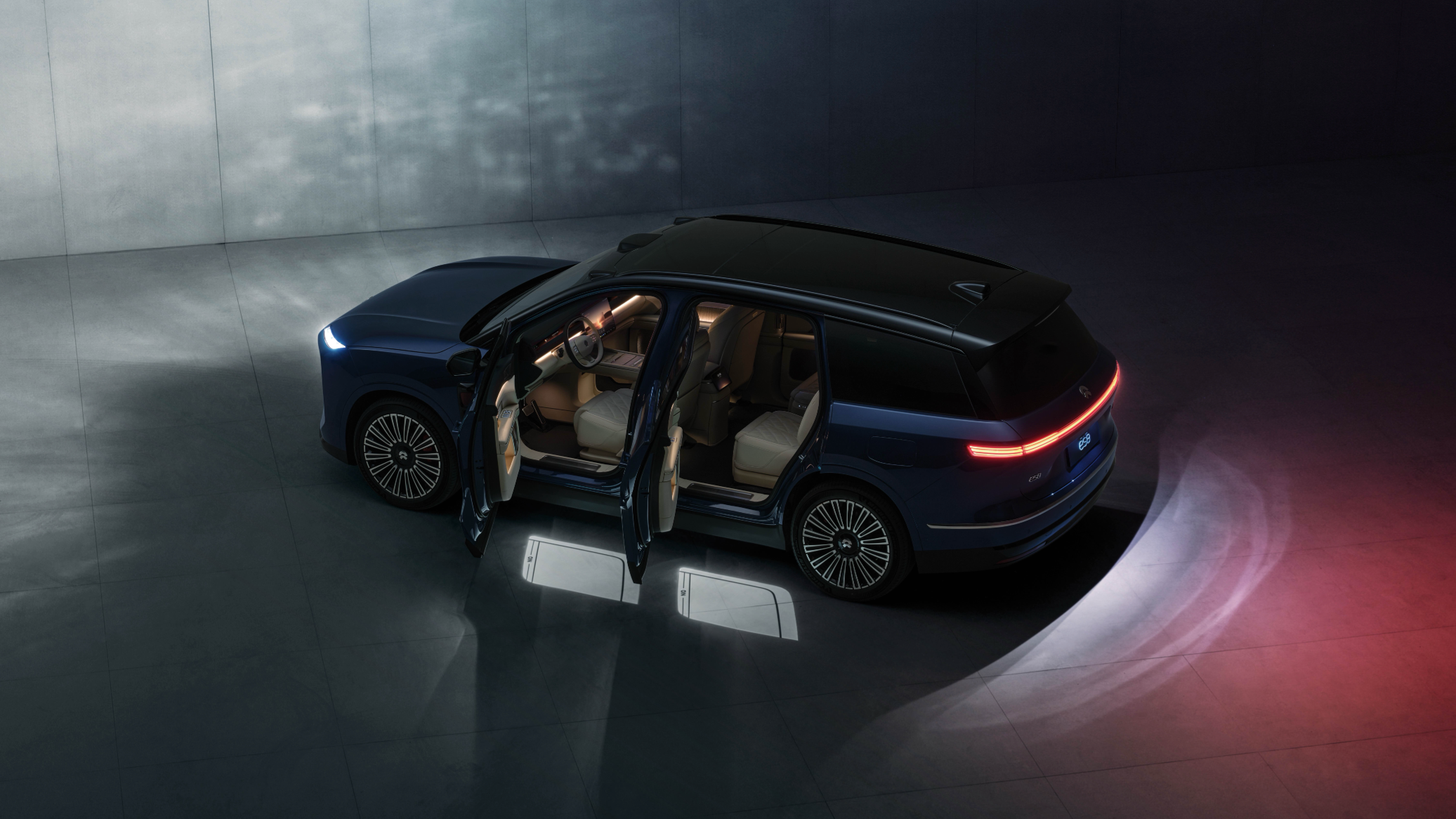After the unveiling of the pre-sale price for NIO’s all-new ES8 tonight, the crowd erupted in excitement, with chants of “Bin God” echoing sporadically until the end of the launch event. As soon as reservations opened, someone in the audience shouted, “I’ve placed my order.”
The third generation NIO ES8 is available in three versions: 6-seater Executive Luxury, 7-seater Executive Luxury, and 6-seater Executive Signature. The pre-sale price starts at 416,800 RMB, with a starting price of 308,800 RMB after BaaS.
Both the 6-seater and 7-seater Executive Luxury versions are priced from 416,800 RMB, dropping to 308,800 RMB after BaaS. The 6-seater Executive Signature comes in at 348,800 RMB after BaaS.
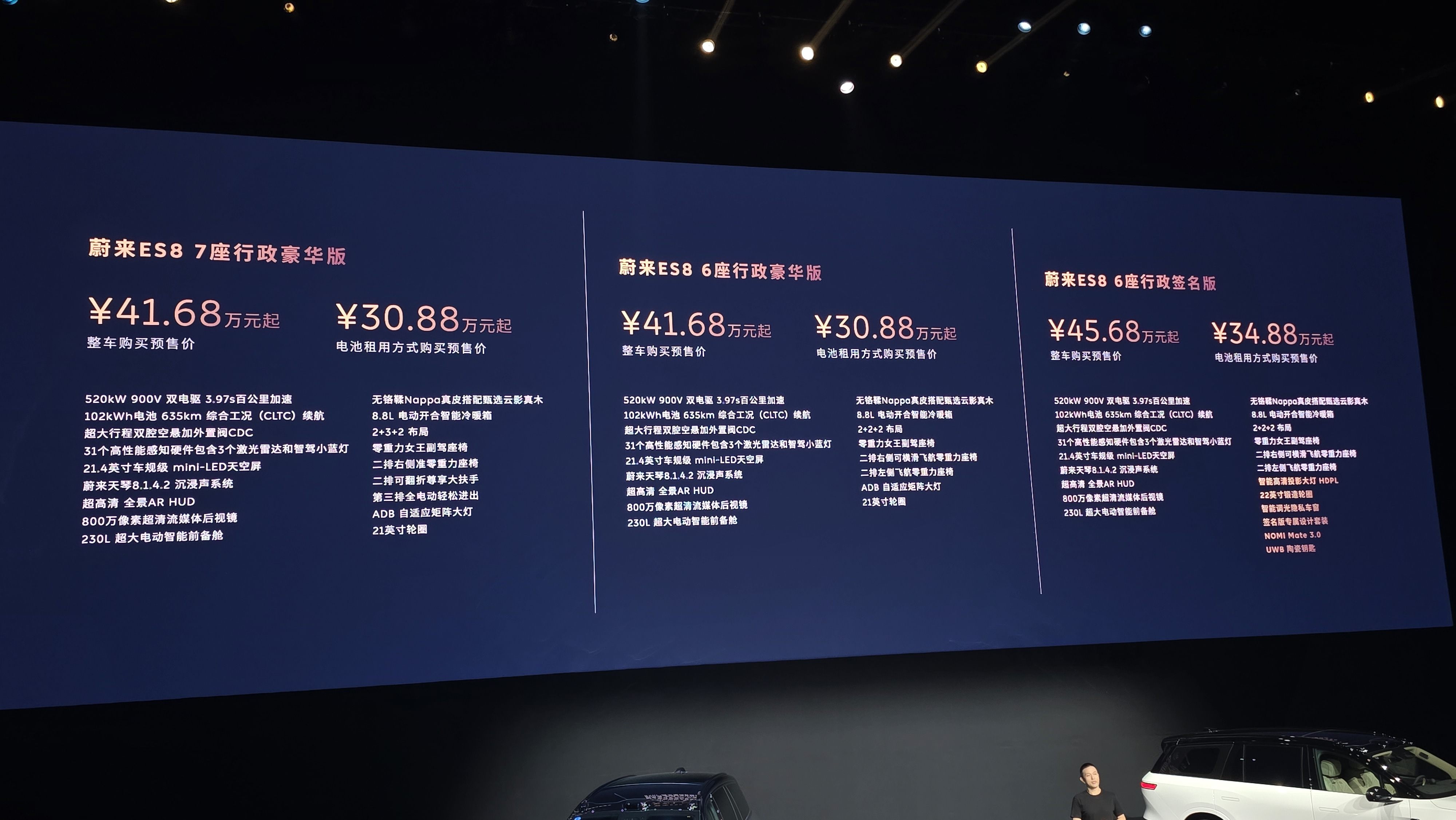
Standard features on the 6-seater Executive Luxury version include dual-chamber air suspension, three zero-gravity seats, 21-inch wheels, an 8.8 L cooler box, a 21.4-inch sky screen, and an 8 MP streaming media rear-view mirror. The 6-seater Executive Signature also includes intelligent HD projection headlights, NOMI Mate 3.0, a UWB ceramic key, 22-inch forged wheels, and smart dimming privacy windows.
The official launch and delivery of the new ES8 will begin in late September, with a pre-sale period offering a 10,000 RMB car purchase incentive for a 5,000 RMB deposit.
At the conclusion of the event, Li Bin shared his market perspective:
“Recently, car manufacturers focused on range-extending technologies are launching pure electric large three-row SUVs. This indicates that the golden age of range-extended large three-row SUVs is fading, and the era of pure electric large three-row SUVs is dawning. The tipping point has arrived.”
A Comprehensive Flagship SUV
The new generation NIO ES8 is positioned as a six-seater flagship SUV, maintaining NIO’s typical design philosophy inside and out, yet with noticeable adjustments in proportions, detailing, and space utilization. The overall impression is one of a large but not bulky vehicle, striving to balance size with posture.
The body length of the third generation ES8 is 5,280 mm, with a wheelbase of 3,130 mm, creating a sleek side profile that upgrades its classification from a mid to a full-size SUV.
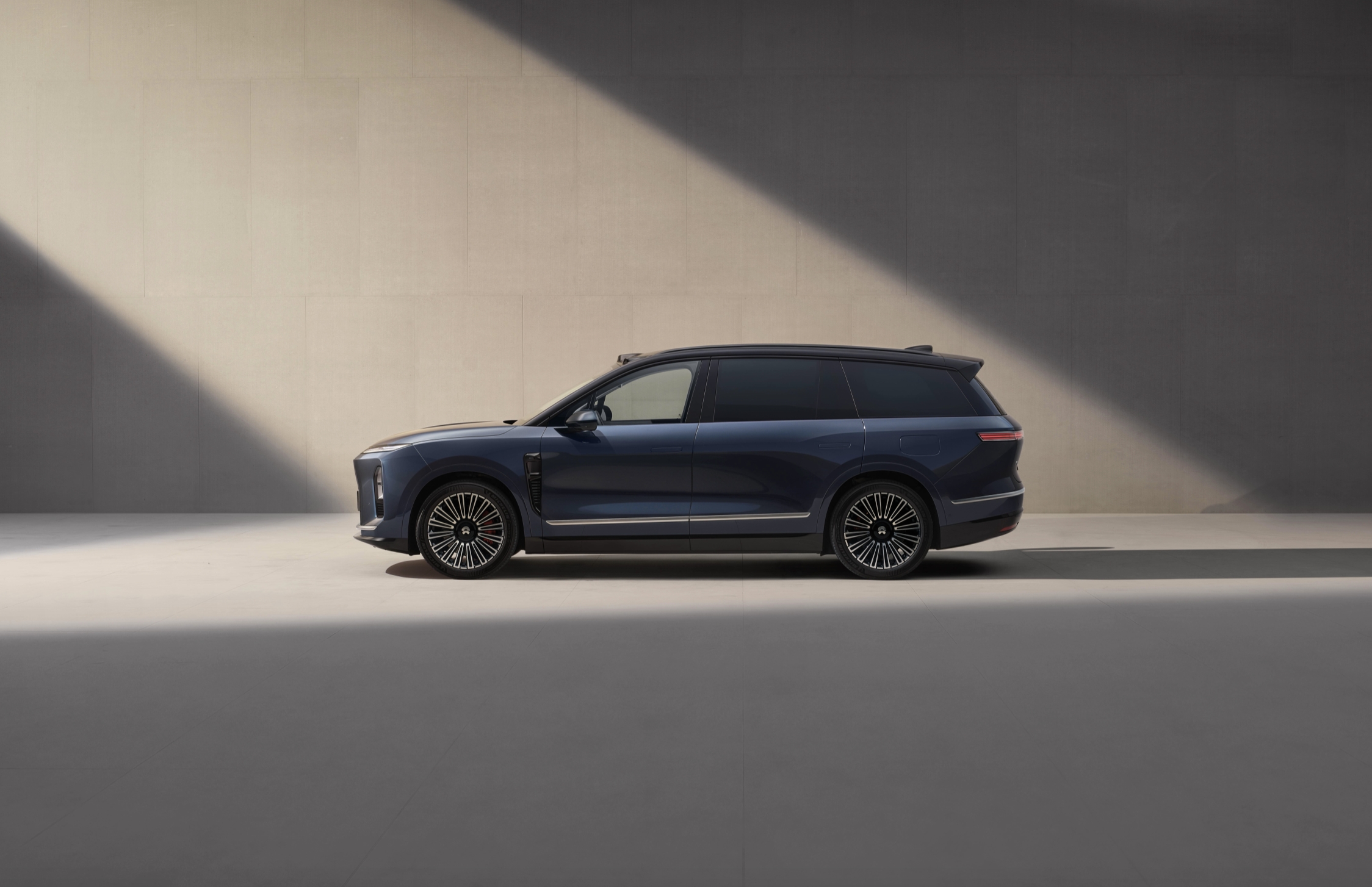
Compared to previous NIO SUVs, the new model sports width-to-height ratios closer to those of traditional luxury brand flagship SUVs, imparting a more grounded appearance. A drag coefficient of 0.259 is relatively impressive for this size category, highlighting the design team’s aerodynamic optimizations.
The ES8’s front retains the family design language but with tightened proportions and sharper headlight assemblies. The roof-mounted lidar and sensor setups are better integrated into the body, no longer appearing as prominent “add-ons.” Wheel options of 21 inches and 22 inches are available, providing noticeable visual differences, with larger wheels catering to users seeking more power and presence.“`markdown
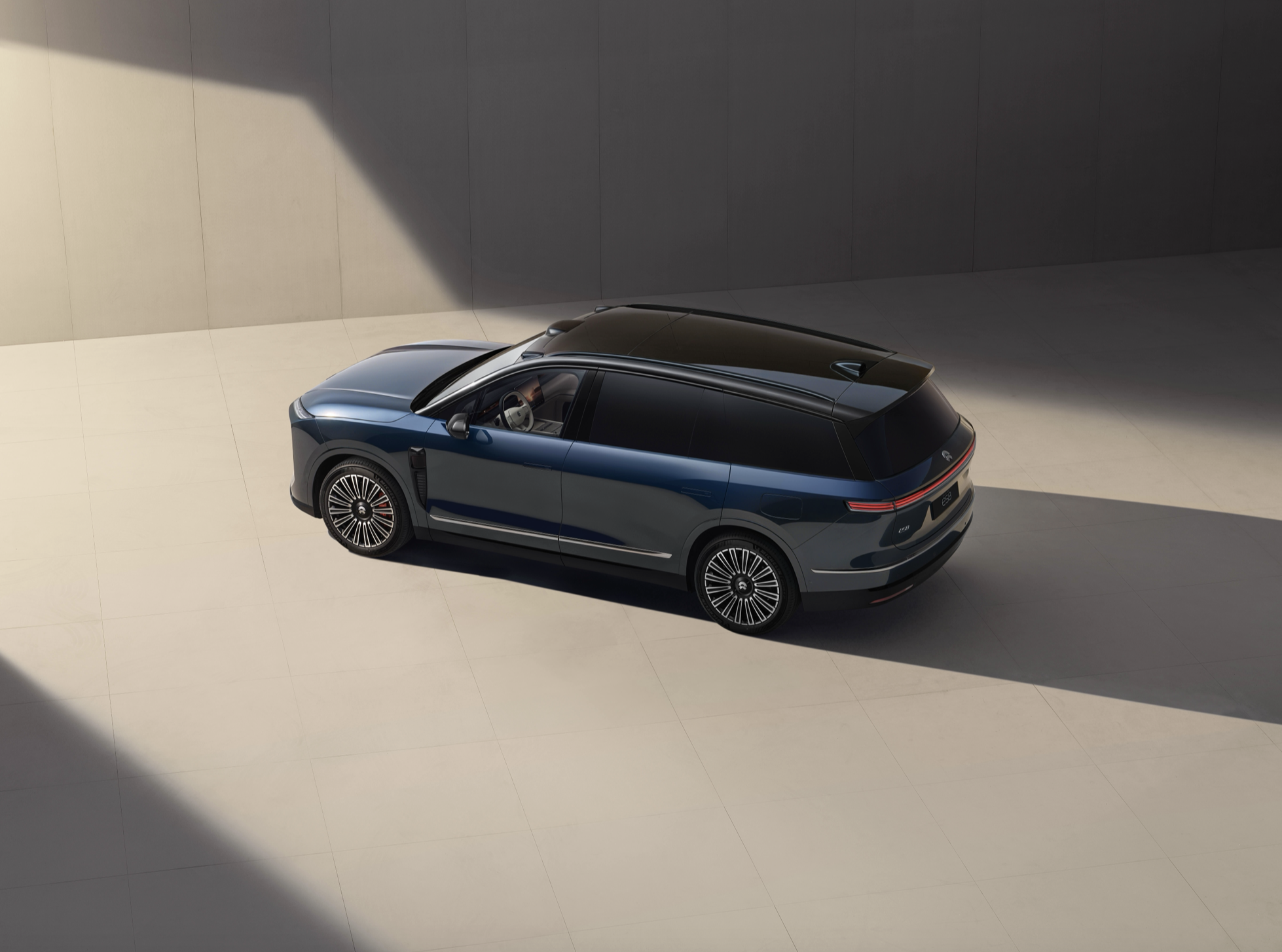
Unlike the slightly lower-positioned ES6 and EC6 SUVs, the interior of the ES8 emphasizes “embrace” and “independence”. The front maintains a simple horizontal design, and the six-seat version is equipped with 3 zero-gravity seats, allowing for comfortable lounging across three rows. The adjustment range and comfort configuration are more extensive compared to other models from the same brand. Compared to common seven-seat SUVs on the market, the ES8 makes six seats standard, which means more reasonable space distribution and greater usability of the third row.
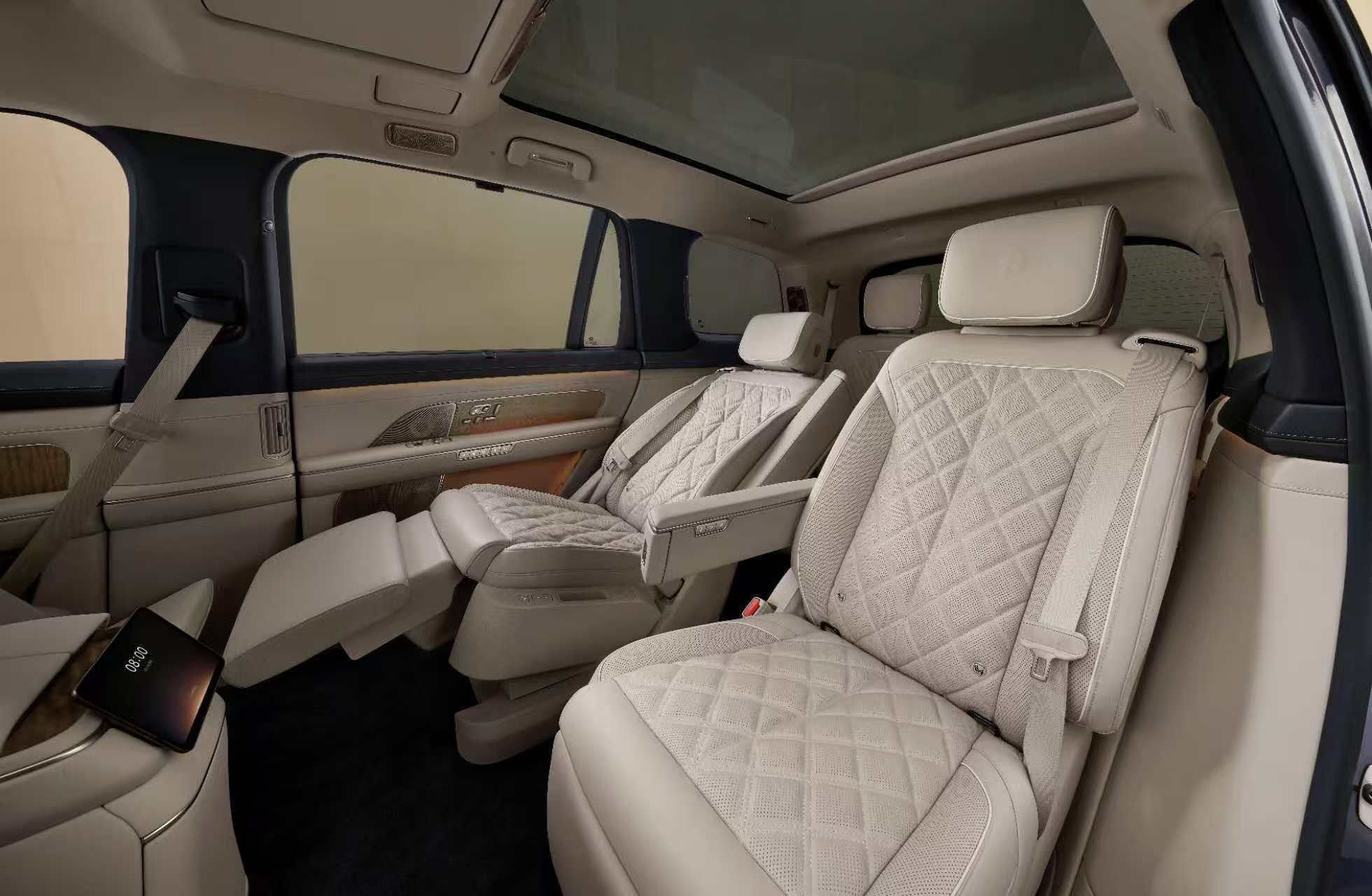
The interior color scheme of the new ES8 continues to offer both light and dark options, inspired by vast landscapes, with four color variations: Pamir Brown, Pearl Shell, Dyesh Blue, and Sumu Red, complemented by natural materials. At the launch event, William Li specifically recommended the Sumu Red option. According to him, the Sumu Red color scheme extends to the seatbacks of all three rows and the sunken space of the trunk, matching the cabin’s color palette, “Such a design is typically found only in high-end custom models of ultra-luxury brands.”
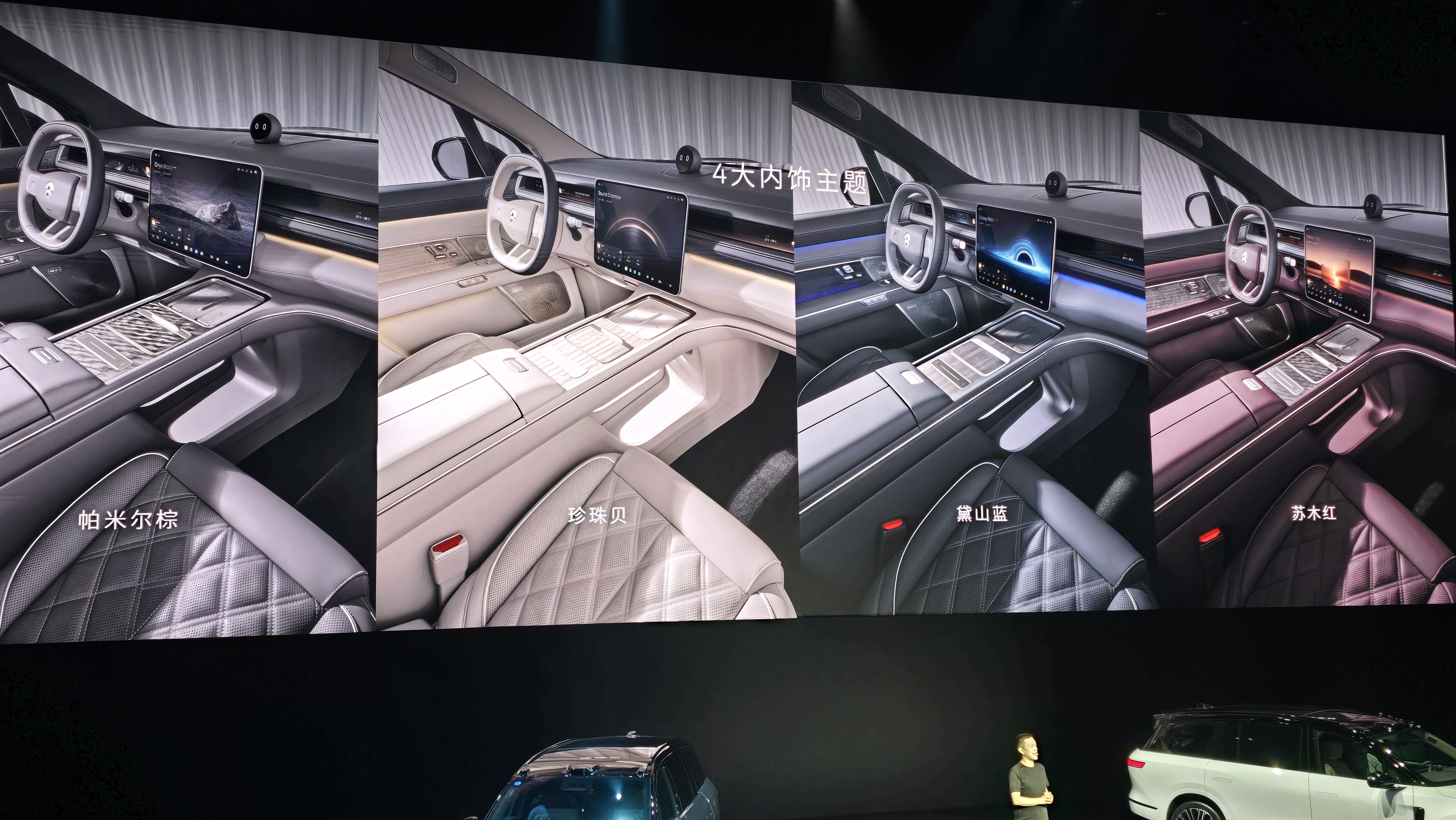
The NVH performance of the new ES8 has also been enhanced compared to the previous generation. The use of insulating glass and thicker acoustic materials enhances the sense of quietness inside the car. The layout of USB-C and 220V power outlets throughout the vehicle caters to families’ long-distance travel needs.
The performance of the new ES8 in spatial layout is particularly outstanding. First is the seating space, with a cabin area reaching 6.2 m². Prior to the new ES8, the largest cabin area in a large three-row SUV was 5.82 m². Headroom for the first, second, and third rows is 1,093 mm, 1,061 mm, and 984 mm, respectively, leading in its class.
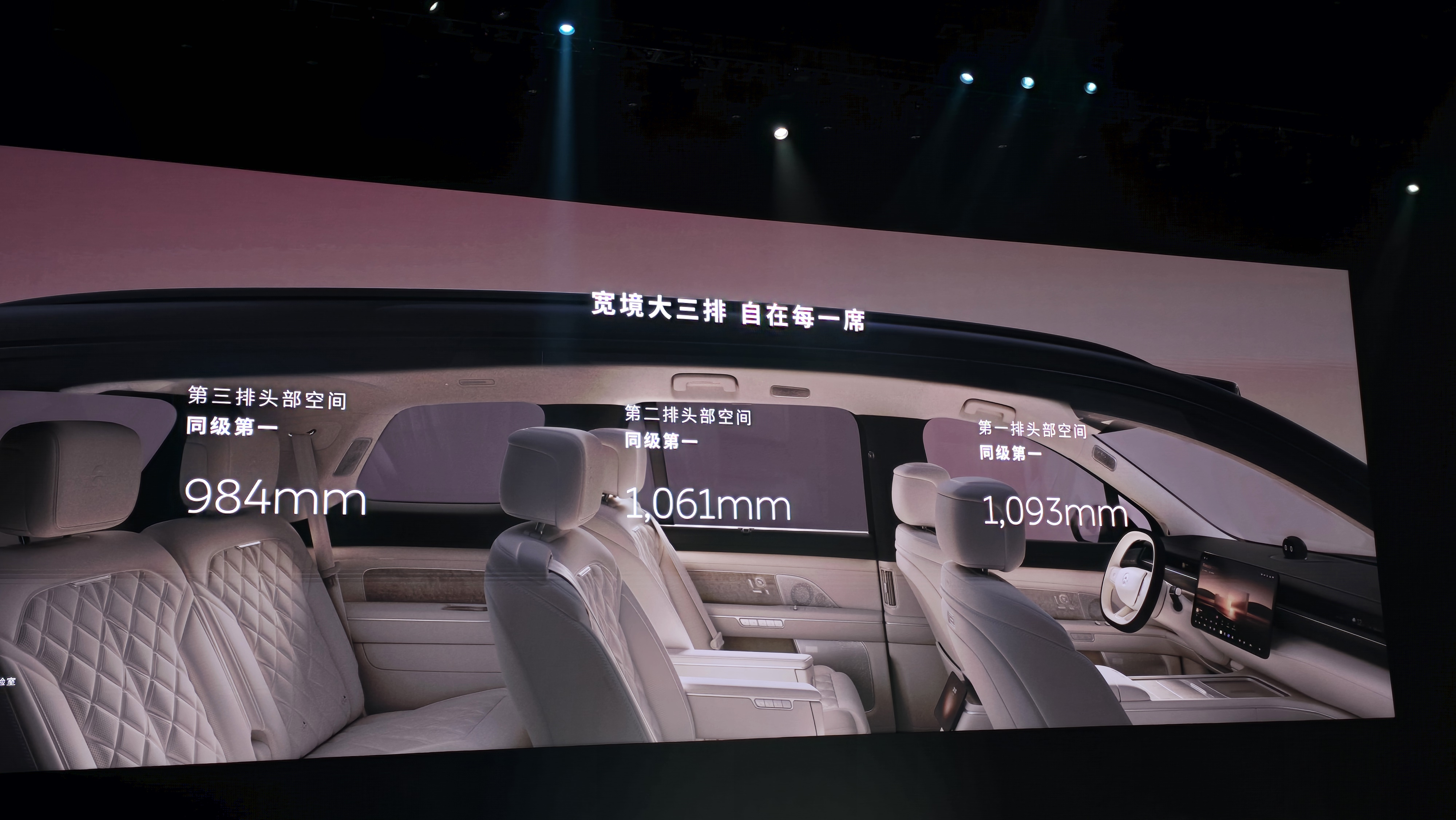
Introducing the capacity of the front and rear trunks, William Li spoke with particular pride. The total capacity of the new ES8’s trunks is 777 L, leading among large three-row SUVs, with 129 L more than the combined capacity of the second and third places. This capacity far exceeds that of three mainstream MPVs and can accommodate 6 people with 12 suitcases. The front trunk’s capacity is 230 L.
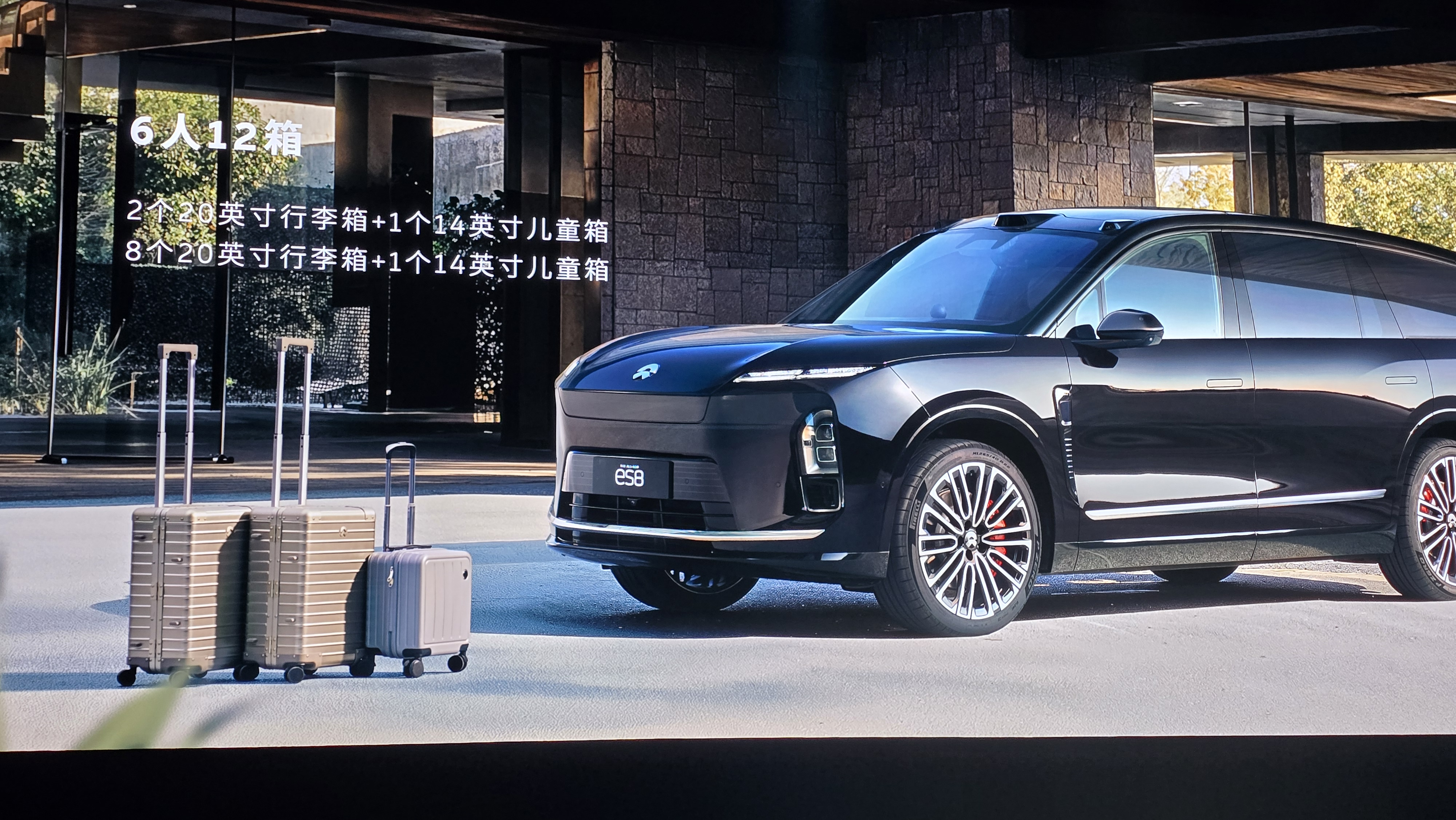
“`At the launch event, William Li demonstrated the storage capacity of the front and rear trunks by unpacking a total of 12 boxes, including 3 from the front trunk. He remarked, “This is the overwhelming spatial advantage brought by battery swapping.”
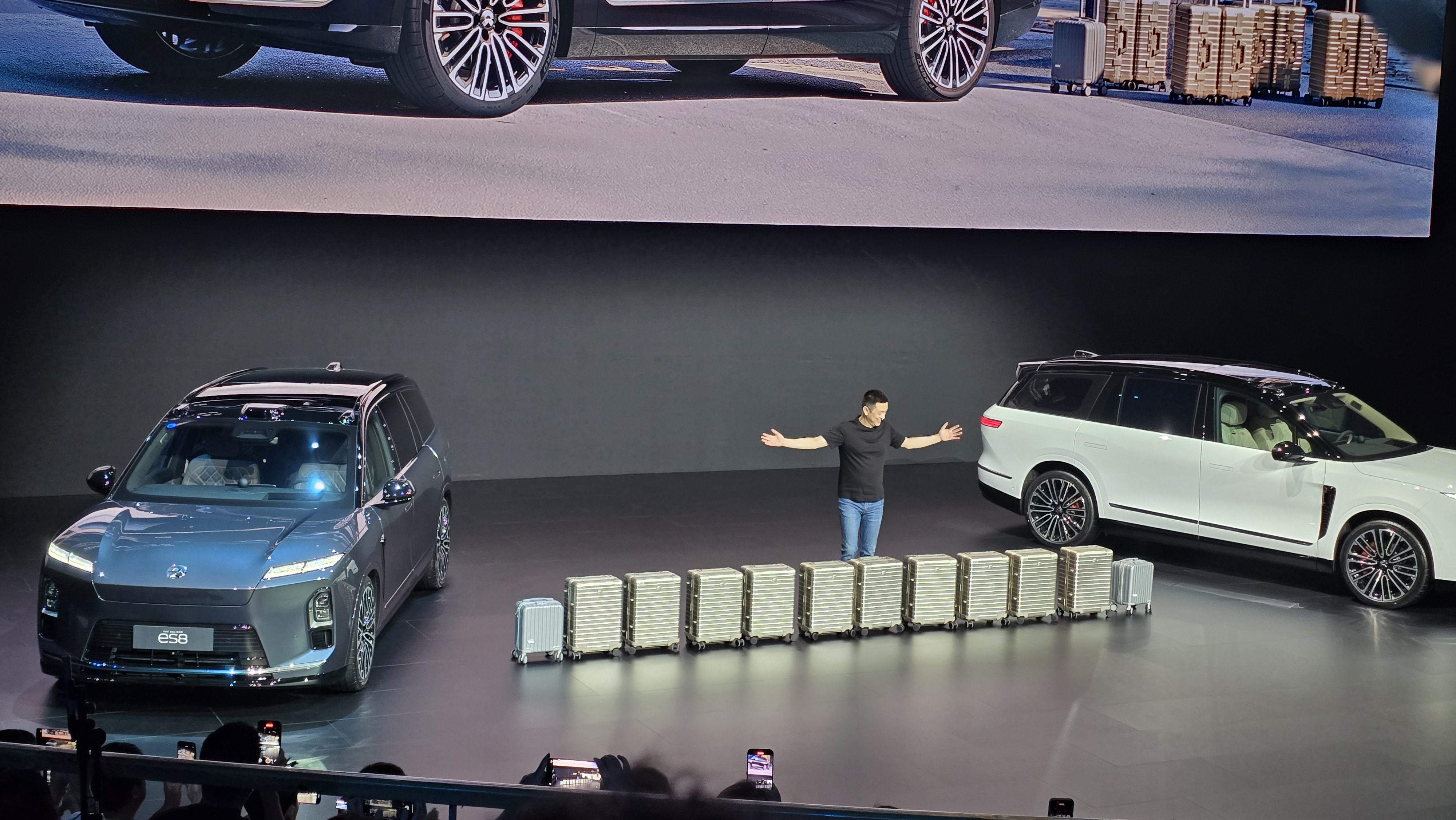
The all-new ES8 offers generous comfort experiences with full heating for the recline, seating position, armrests, leg rests, and footrests across the first, second, and third rows. The first row features 10-point massage functions, and the second row supports 16-point massages. Both the first and second rows also support seat ventilation.
Regarding different versions, the ES8 offers varied comfort configurations, with the six-seater model providing more comprehensive seat functionality. If not frequently traveling with a family of seven, the six-seater model offers better space and comfort experiences.
In addition, the all-new ES8 pioneers a walk-in closet and overhead sky speakers, featuring intelligent five-zone climate control and smart privacy glass, providing an experience close to the ET9 in many details.
Large SUVs Join the “3-Second Club”
In the all-new ES8, NIO continues its philosophy of balancing all scenarios. Compared to the more versatile ES6, this vehicle features significantly higher specifications in terms of power, chassis, and safety, highlighting its flagship credentials.
Despite a weight of over 2.5 tons, the official 0-100 km/h acceleration time is 3.97 seconds, earning it a place in the “3-second club,” with a top speed maintained at 220 km/h, which ranks at the leading level among the same-class six-seat large SUVs. It also has a minimum turning radius of 5.7 meters, showing decent agility.
Regarding the power system, the all-new ES8 comes standard with dual electric motors front and rear, with a focus on performance and balance. The front motor has a maximum power output of 180 kW, the rear motor 340 kW, and the system’s combined output reaches 520 kW, with a peak torque of 700 N·m. For range, the ES8 is equipped with a standard 102 kWh battery, offering a range of 635 km under CLTC conditions.
With the support of a comprehensive 900 V high-voltage architecture, the all-new ES8 can charge from 10% to 80% in less than 20 minutes, adding 280 km of range in 10 minutes, with energy consumption at 16.6 kWh per 100 km.
Unlike other new energy SUVs focusing on fast-charging capabilities, NIO continues to differentiate itself with battery swapping. The all-new ES8’s energy replenishment experience relies on more than 2,400 battery swap stations nationwide, allowing for 3-minute battery swaps to replace high-power charging during long-distance travel.
At the launch, William Li stated: “We are developing battery packs with 5C supercharging capability, but even the fastest supercharging cannot compare to 3-minute battery swapping.” For NIO users who frequently travel across cities or on long trips, this feature is more practically significant than charging parameters.The chassis is also a key focus area in the ES8 upgrade. The new ES8 features a front and rear five-link independent suspension, standard intelligent dual-chamber air suspension, and the latest generation ZF Continuous Damping Control (CDC) dampers. The air suspension supports a maximum adjustment range of 100mm. The CDC dampers can adjust damping in real-time based on road conditions and driving modes.
Safety has always been a core gene emphasized by NIO. In terms of passive safety, the key areas of the new ES8’s body employ a large amount of high-strength aluminum alloy, with aluminum alloy and high-strength steel accounting for 89% of the vehicle’s construction. The body’s torsional stiffness is 40,136 Nm/deg, reaching a high level among SUVs in its class. William Li revealed that during the verification phase, the ES8 underwent over 72 comprehensive crash tests, exceeding industry standards, including three consecutive high-speed collision tests at 100 km/h.
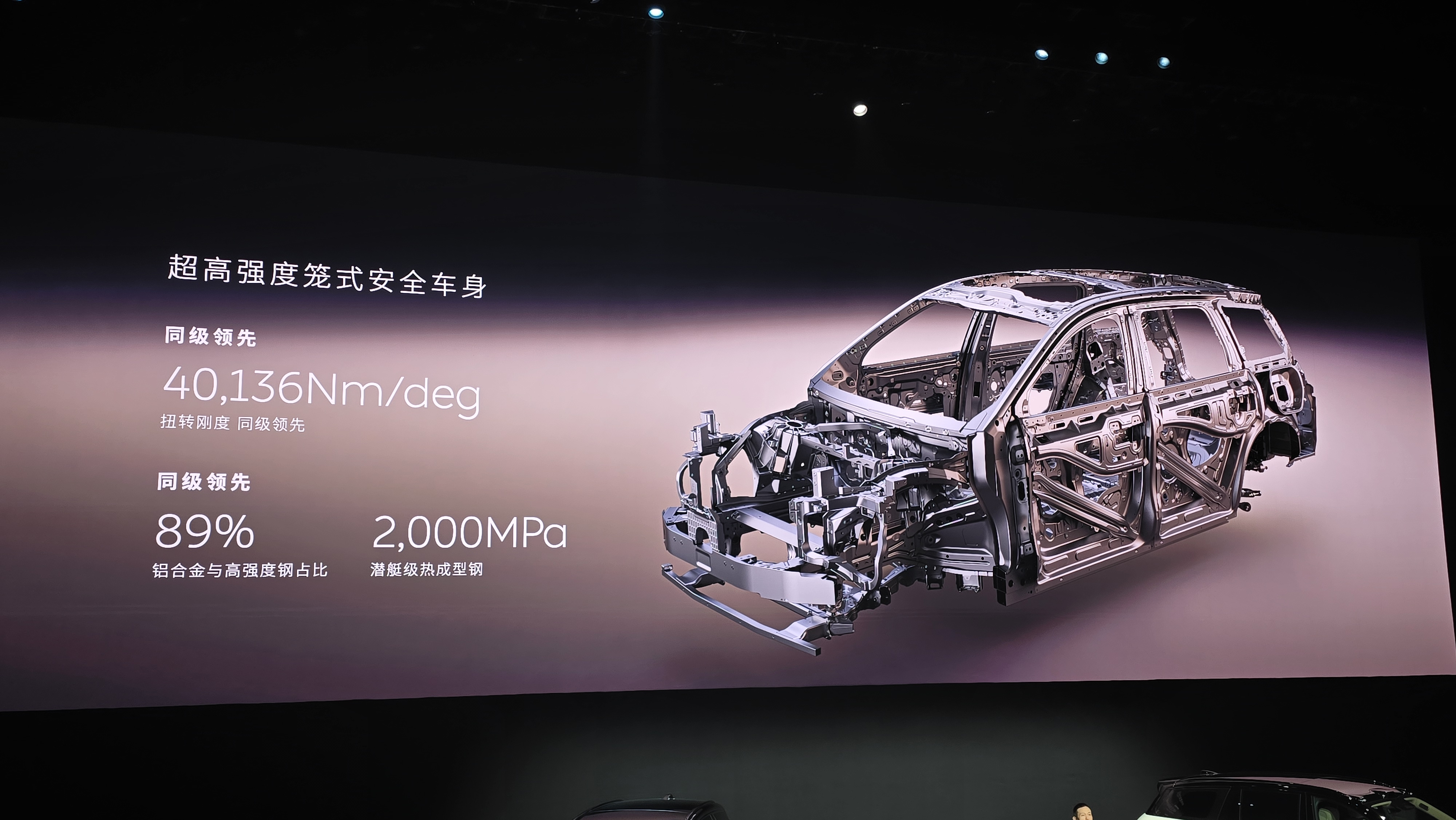
Additionally, the new ES8 is equipped with 11 airbags throughout the vehicle. A rather rare design feature is that the interior sensors can detect the driver’s physique and adjust the airbags’ hardness accordingly, providing more precise protection for drivers of different body types, thus significantly reducing injuries in low to medium-speed collisions.
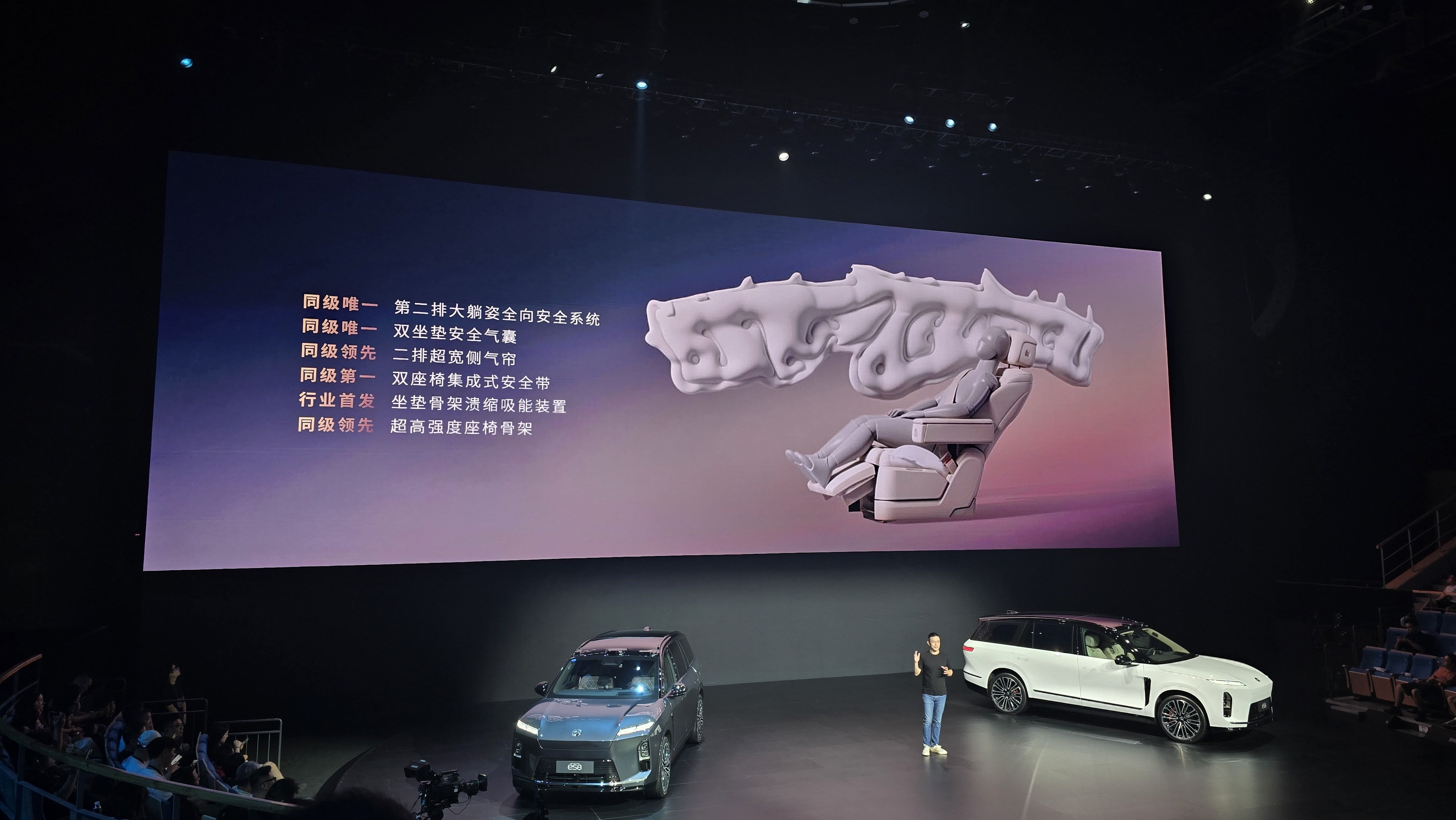
In terms of active safety, beyond the common systems like AEB and ABS, the new ES8 has incorporated intelligent wetland mode, vehicle blind spot recognition, and other functions into its safety strategy, covering more scenarios.
In performance and safety, the new ES8’s data performance is already impressive within its class. However, beyond pursuing extreme data, it aims to find a balance of performance, comfort, and safety within the framework of a large SUV. From the configuration and test results, the new ES8 continues the luxury SUV approach: ensuring ample power reserve while also providing comfort and long-term reliability.
Comprehensive Advancement in Intelligence
In the competition of new energy SUVs, intelligent capabilities almost determine the product’s ceiling. NIO’s approach to intelligence in the new ES8 is more than just hardware pre-embedding; it is ready for use upon delivery. At the launch, William Li introduced that the new ES8 is equipped with the world’s first automotive-grade 5nm advanced driving chip, Shendi NX9031, and the vehicle-wide operating system “SkyOS·Tiānshū.”
Regarding assisted driving, specifically in the perception system, the ES8 is equipped with 3 LiDAR sensors, 7 high-definition 8-megapixel cameras, and 12 ultrasonic sensors surrounding the vehicle, totaling 31 perception hardware components.
On the highway, the ES8 can steadily perform automatic lane changes, on/off-ramp maneuvers, and active evasion, with the driver primarily responsible for supervision. In urban roads, the system can recognize traffic lights and control start/stop.If auxiliary driving focuses more on safety boundaries, then cockpit intelligence returns to the details of life. The new ES8 adopts the Qualcomm Snapdragon 8295 chip as the car’s core, significantly enhancing information processing and image rendering speed. The central control screen, rear sky screen, and HUD have clear roles: the central control handles core operations, the rear sky screen serves entertainment and auxiliary functions, and the HUD only projects necessary driving information to avoid excessive distraction.
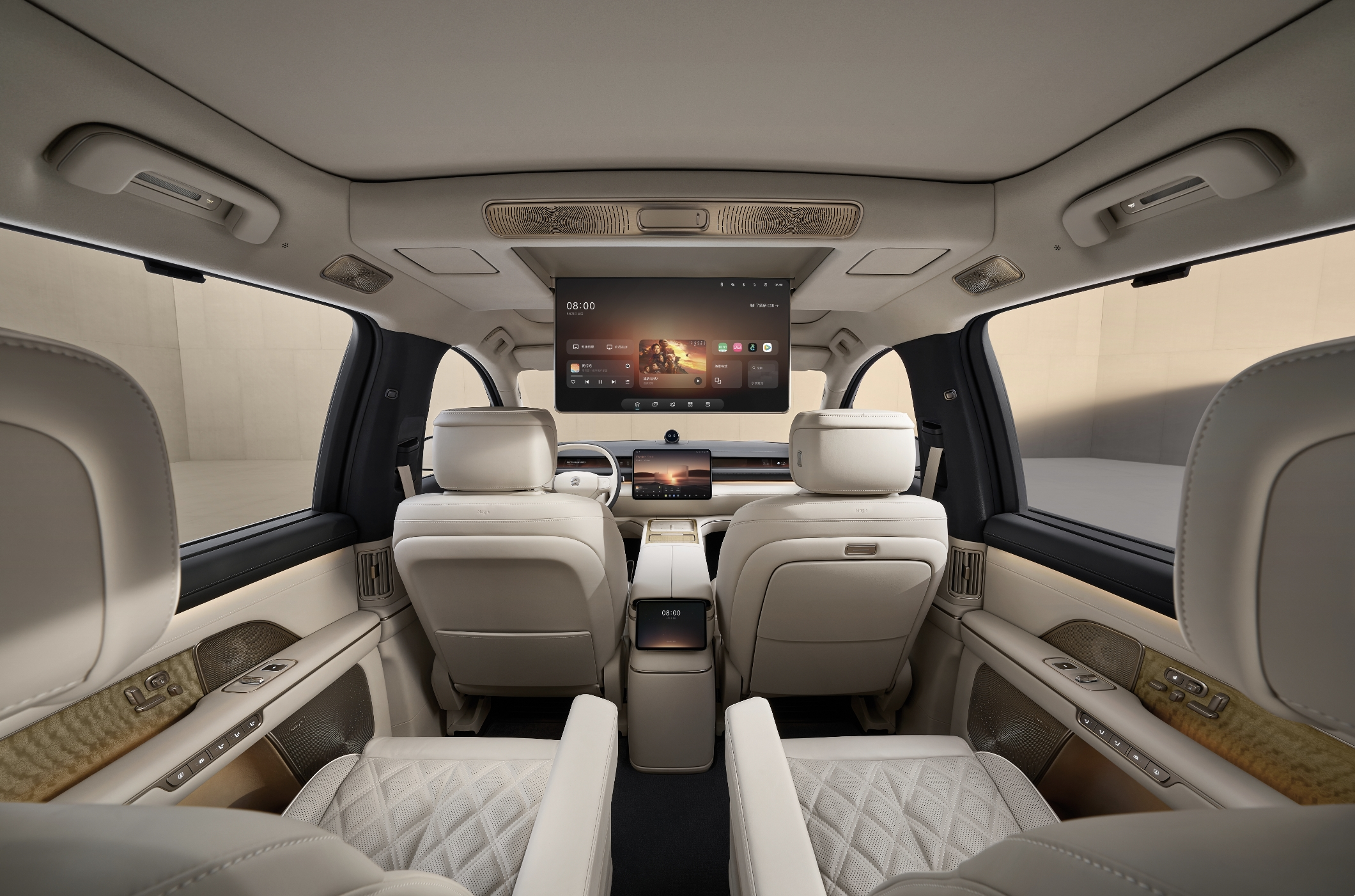
At the launch event, William Li stated that the cost of the front-screen is thrice that of similar models. Additionally, the new car has launched an industry-first central sky for the rear-row viewing experience, locating the sound source at the screen center to achieve audio-visual synchrony. The screen content and ambient lighting are synchronized in real-time, allowing the rear passengers to enjoy a prime seat viewing experience.
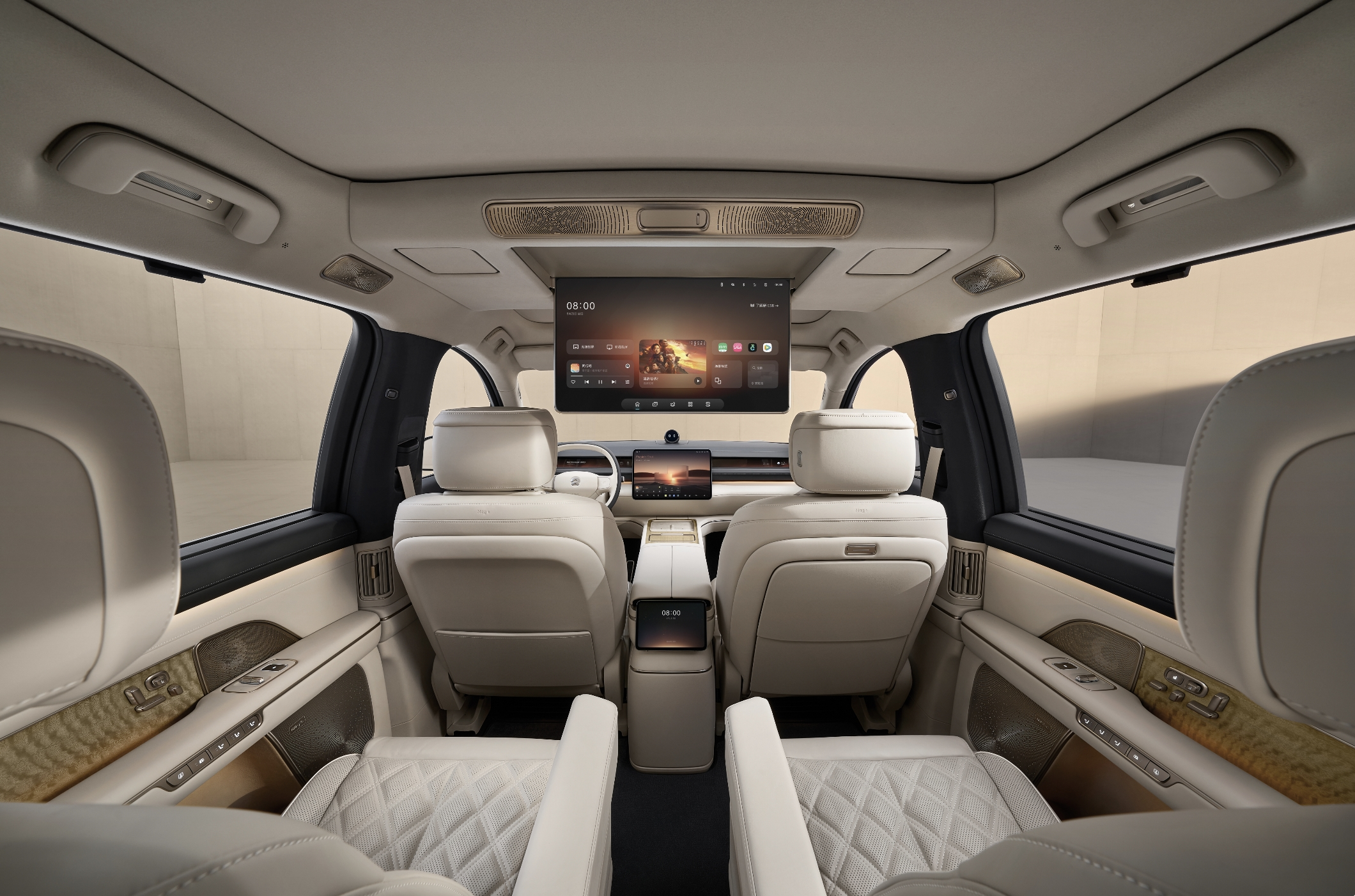
The voice assistant on the new ES8 supports recognition across six audio zones, allowing NOMI to be awakened from any seat. Now, NIO’s large model capabilities in the intelligent cockpit do not remain at the level of voice commands but are embedded in the system’s core. It can dynamically generate scenarios and memories by integrating data from interconnected in-car devices and user habits.
In simple terms, the vehicle not only completes single commands but also autonomously interprets scenarios to activate various functional modules, providing a more natural interaction experience and a degree of emotional response.
In today’s tech release, William Li also announced NOMI’s new AI hat skin. Through chip recognition, giving NOMI different hats can trigger unique identity and gender traits, enhancing its playability significantly.
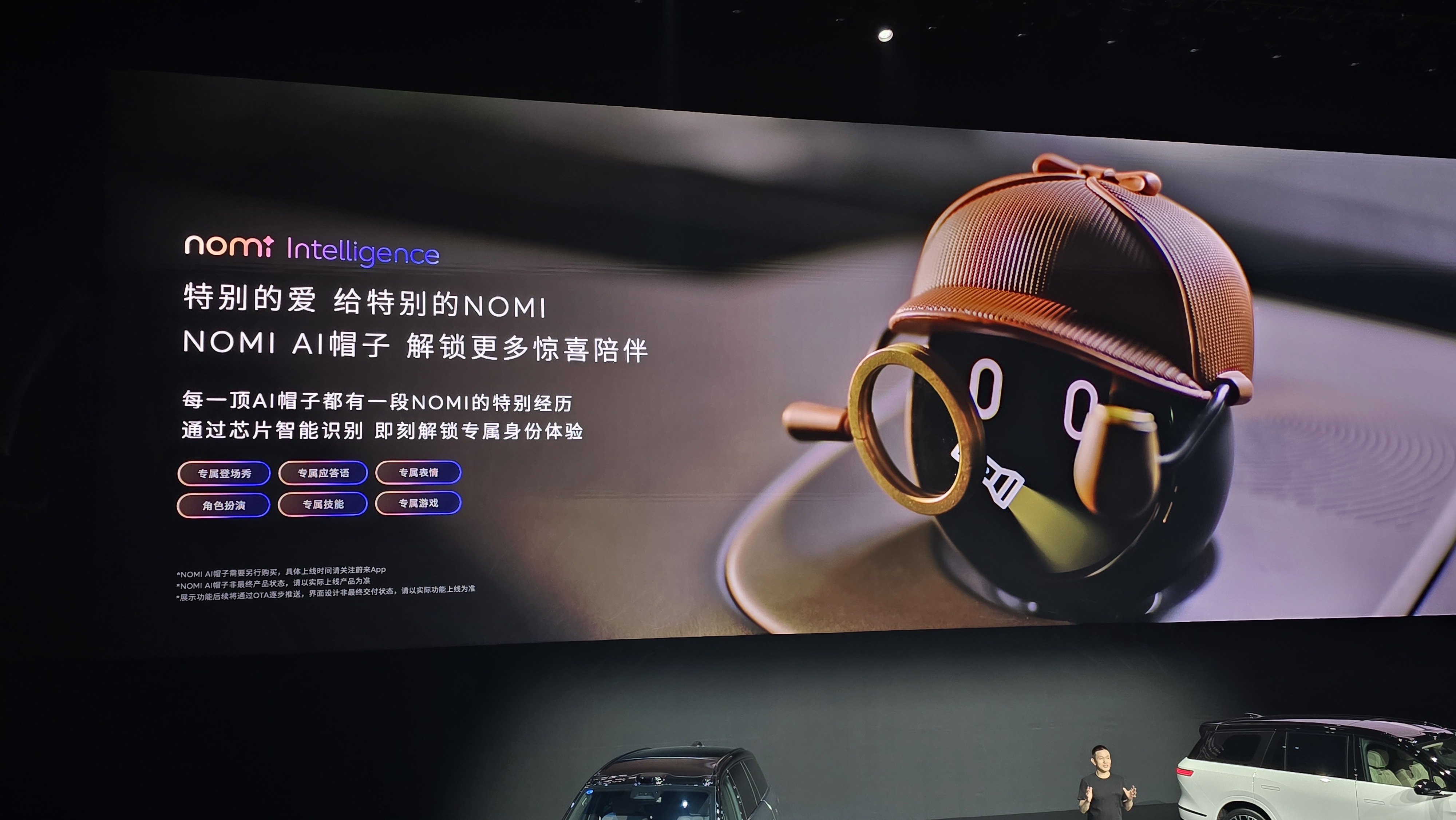
Overall, NIO’s approach to intelligence is not singular. It features memorable points like NOMI and the sky screen for novelty, as well as out-of-the-box auxiliary driving and an upgraded cockpit experience for stability. From a consumer perspective, it offers short-term intrigue and long-term reliability, potentially aligning better with the flagship SUV market positioning.
With the debut of the new generation ES8, NIO has delivered another sheet of answers in the flagship SUV segment. Its configurations in space, performance, safety, and intelligence are on par with, or even surpass, traditional luxury SUVs of the same class, while retaining NIO’s differentiation in energy replenishment and interaction.
However, from a market perspective, acceptance of an all-electric large three-row SUV still needs time for evaluation, and user experience and long-term reputation will prove critical in this regard.Ultimately, this will determine whether the car can truly establish itself in the market. For NIO, the all-new ES8 is not just a model but also a reaffirmation of its product lineup and market positioning.
This article is a translation by AI of a Chinese report from 42HOW. If you have any questions about it, please email bd@42how.com.
